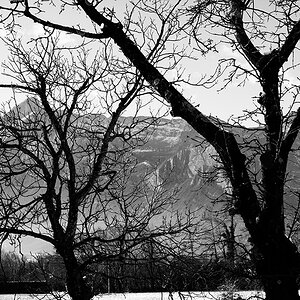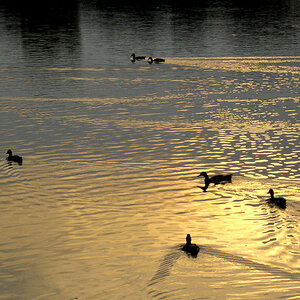Hi, does anyone know how to achieve this "look" on pictures.
Creating the background completely out of focus and in "motion". Or is this just a Photoshop "Gaussian Blur" trick?
Thanks in advance.
http://lanternaphotography.files.wordpress.com/2009/05/baby-106-copy.jpg?w=397&h=650
http://lanternaphotography.files.wordpress.com/2009/04/img_3203.jpg?w=761&h=507
http://lanternaphotography.files.wordpress.com/2009/04/baby-77.jpg?w=546&h=819
http://lanternaphotography.files.wordpress.com/2009/04/estefy-271.jpg?w=719&h=479
Creating the background completely out of focus and in "motion". Or is this just a Photoshop "Gaussian Blur" trick?
Thanks in advance.
http://lanternaphotography.files.wordpress.com/2009/05/baby-106-copy.jpg?w=397&h=650
http://lanternaphotography.files.wordpress.com/2009/04/img_3203.jpg?w=761&h=507
http://lanternaphotography.files.wordpress.com/2009/04/baby-77.jpg?w=546&h=819
http://lanternaphotography.files.wordpress.com/2009/04/estefy-271.jpg?w=719&h=479
Last edited by a moderator:




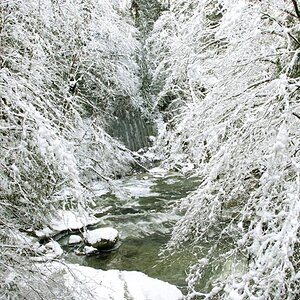
![[No title]](/data/xfmg/thumbnail/35/35597-714b74cc48992e5353856abfe325df68.jpg?1619737065)
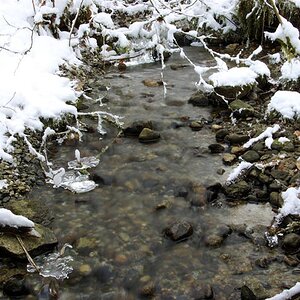


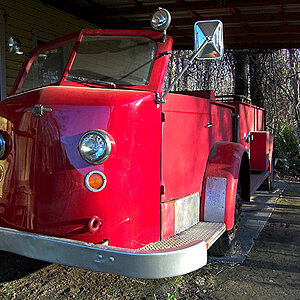
![[No title]](/data/xfmg/thumbnail/37/37618-4cd08d553e4ce30fd49570b1ba8259f2.jpg?1619738152)



